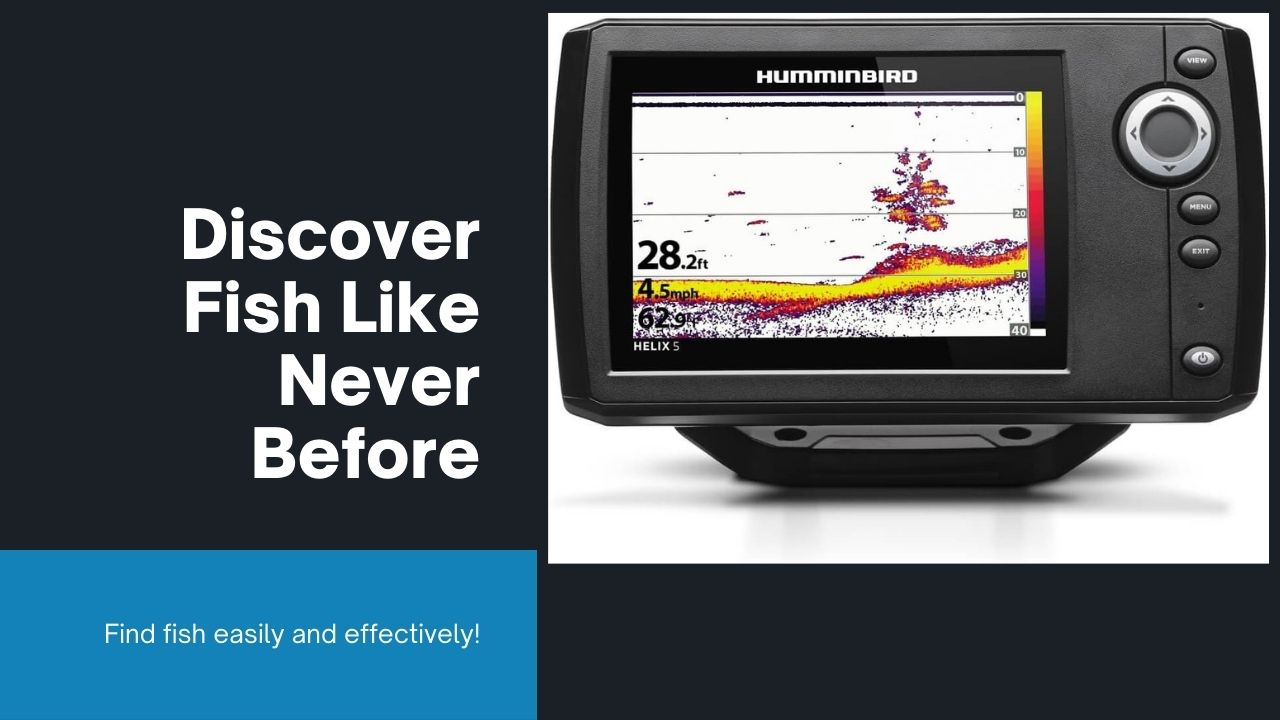Fish finders are essential tools for anglers, enabling them to locate fish and understand underwater structures. By utilizing sonar technology, these devices provide real-time information about what lies beneath the water’s surface. This article delves into the workings of fish finders, their components, and how to interpret their readings effectively.
What Is a Fish Finder?
A fish finder is an electronic device that uses sonar (Sound Navigation and Ranging) to detect objects underwater, such as fish, vegetation, and the bottom terrain. By emitting sound waves and analyzing their echoes, fish finders create visual representations of the underwater environment on a display screen.
How Does a Fish Finder Work?
The operation of a fish finder involves several key steps:
- Emission of Sound Waves: The transducer, a crucial component of the fish finder, emits ultrasonic sound waves into the water.
- Reflection of Waves: When these sound waves encounter an object, such as a fish or underwater structure, they bounce back toward the transducer.
- Reception of Echoes: The transducer receives these reflected waves, now called echoes.
- Data Interpretation: The fish finder processes the time it took for the echoes to return and their strength to determine the distance and size of the object.
- Visual Display: This information is then translated into visuals on the screen, showing representations of fish, structures, and the seabed.
This process allows anglers to “see” beneath the water’s surface, making it easier to locate fish and understand the underwater landscape.
Components of a Fish Finder
Understanding the main components of a fish finder can help in its effective use:
- Transducer: Emits and receives sound waves. It’s typically mounted on the boat’s hull.
- Display Unit: Shows the visual representation of underwater objects and structures. Modern units often feature color screens with high resolution.
- Processor: Interprets the data received from the transducer and converts it into images or readings on the display.
Types of Sonar Technologies in Fish Finders
Fish finders utilize different sonar technologies to provide various views and details:
Traditional Sonar
This sonar sends out a single frequency sound wave in a cone-shaped beam. It’s effective for general depth finding and identifying the presence of fish directly beneath the boat.
CHIRP Sonar
Compressed High-Intensity Radiated Pulse (CHIRP) sonar emits a range of frequencies, providing better target separation and clearer images. This results in more detailed information about fish and structures.
Down Imaging Sonar
Down imaging uses high-frequency sonar to produce detailed, picture-like images of structures and fish directly below the boat. This helps in distinguishing between different types of underwater features.
Side Imaging Sonar
Side imaging sonar emits sound waves to the sides of the boat, covering a wider area. This allows anglers to see fish and structures located to the left and right of their vessel, not just beneath.
Interpreting Fish Finder Displays
Reading a fish finder display effectively is crucial for successful fishing:
- Fish Icons vs. Arches: Some fish finders represent fish as icons, while others show arches. Arches occur when a fish passes through the sonar cone; the shape and size can indicate the fish’s size and depth.
- Understanding Bottom Contours: The display shows the structure of the seabed. A thicker line often indicates a hard bottom (like rock), while a thinner line suggests a softer bottom (like mud or sand).
- Identifying Structures: Brush piles, vegetation, and man-made structures appear as various shapes on the display. Recognizing these can help locate habitats where fish are likely to congregate.
Factors Affecting Fish Finder Performance
Several factors can influence the accuracy and effectiveness of a fish finder:
- Water Depth: Deeper waters may require fish finders with more powerful transducers to accurately read the bottom and detect fish.
- Water Clarity: Murky or turbulent water can affect sonar readings, potentially leading to less accurate displays.
- Boat Speed: Moving too quickly can result in distorted images. It’s often best to operate the fish finder at slower speeds for clearer readings.
Tips for Using a Fish Finder Effectively
To maximize the benefits of your fish finder:
- Proper Installation: Ensure the transducer is correctly mounted according to the manufacturer’s instructions to get accurate readings.
- Adjust Settings: Familiarize yourself with the device’s sensitivity, range, and frequency settings. Adjusting these can help tailor the readings to your specific fishing environment.
- Regular Updates: Keep the fish finder’s software updated to benefit from the latest features and improvements.
- Practice: Spend time on the water learning to interpret the readings. Experience will help you distinguish between different types of fish, structures, and bottom compositions.
Conclusion
Fish finders are invaluable tools that enhance the fishing experience by providing insights into the underwater world. By understanding how they work and learning to interpret their displays, anglers can make informed decisions, leading to more successful and enjoyable fishing trips.







